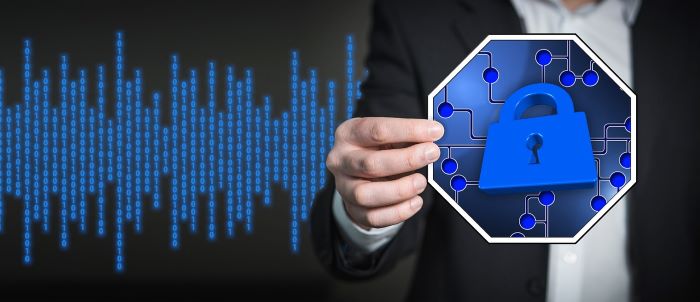Technology
Navigating Patient Data Security in the Digital Age

Patient data is a treasure trove that healthcare providers must guard with the utmost vigilance.
As breaches and cyber threats continue to loom, it’s imperative to wield cutting-edge tools and practices to shield sensitive information.
The High Stakes of EHR Security: Counting the True Cost
Electronic Health Records have become digital gold for cybercriminals, with healthcare breaches often commanding a ransom higher than any other industry.
The OCR’s latest report paints a grim picture. In the U.S. in 2023, there was an unprecedented 60% spike in large breaches – swiping the data of 88 million individuals.
While financial metrics are readily tallied, the real toll extends beyond dollars and cents—patient safety is at stake. Disruptions in care, deferred lifesaving procedures and eroded trust inflict invisible wounds on the healthcare fabric, demanding an urgent bolstering of cyber defences to heal and shield patient well-being and confidence.
The Armour of Modern Communication: Embracing eFax for Efficiency
In the realm of healthcare, where seconds can impact outcomes, speed melds with security to form the backbone of patient care.
As you may know, in the U.S., HIPAA is a federal law that helps to protect sensitive patient health information from being disclosed. (In the U.K., the equivalent is the NHS’s Data Protection Act.) So, embracing HIPAA-compliant eFax solutions empowers healthcare practices to exchange documents expeditiously without compromising privacy.
eFax is a tool that simplifies workflows – slashing administrative bulk and freeing up precious time. With a HIPAA-compliant eFax at their fingertips, providers enjoy a streamlined process that enhances the patient experience; as swift information transfer directly translates to timely care and improved satisfaction.
By transforming sensitive information into indecipherable code during transmission, advanced encryption provided by HIPAA-compliant eFax services ensures that patient records are only readable by the intended recipient. This robust digital fortress not only protects against breaches. It also builds trust with patients, reinforcing their confidence in your practice’s commitment to privacy and security.
Tightening the Web: Minimising Patient Privacy Risks Online
Tracking technologies—cookies, web beacons and more—offer insights into patient behaviour online – but at what cost? These tools, while aggregating data for analysis, may inadvertently expose sensitive details to third parties.
To navigate this minefield, healthcare entities must forge Business Associate Agreements with vendors as shields of compliance with the Privacy Act.
Rigorous quality controls and systematic data mapping exercises become essential, safeguarding patient information from slipping through digital cracks and upholding an organisation’s integrity.
The Crucial Balance: Convenience vs. Security in Patient Access
As healthcare adopts digital gateways to enhance patient access to their health records, a delicate balance teeters—convenience beckons, yet security must reign supreme.
Easy online retrieval of personal health information promises improved patient engagement and autonomy. However, it also opens new portals for unauthorised access.
Striking this equilibrium requires sophisticated authentication measures that neither impede the user experience nor compromise the fortress guarding the sensitive data. Healthcare entities are thus called to forge pathways that are as secure as they are navigable.
The Sentinel in the Shadows: AI and Anomaly Detection
As cyber threats grow more sophisticated, so must our defences. Artificial Intelligence serves as the unseen sentinel—continuously scouring system landscapes to identify anomalies that hint at a security breach.
Machine learning algorithms adapt by absorbing new data, recognizing patterns that betray the stealthiest of cyberattacks.
For healthcare providers sitting on vast expanses of sensitive patient data, incorporating AI-driven anomaly detection can mean the difference between an impenetrable defence and costly vulnerability.
It’s an investment in tech vigilance that operates silently but effectively, ensuring patient trust remains unbroken in an era rife with digital prowlers.




















































